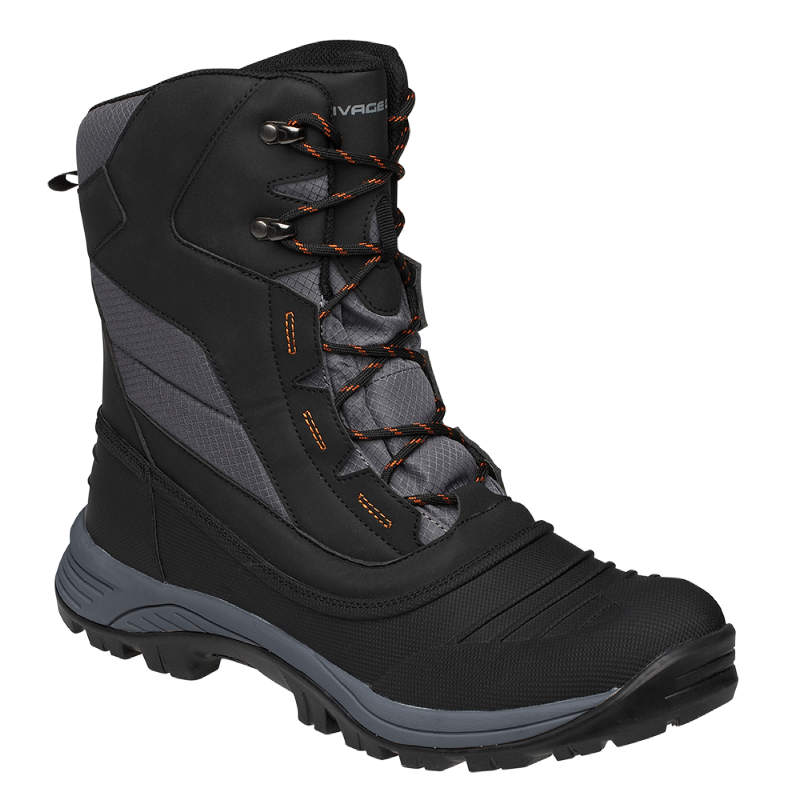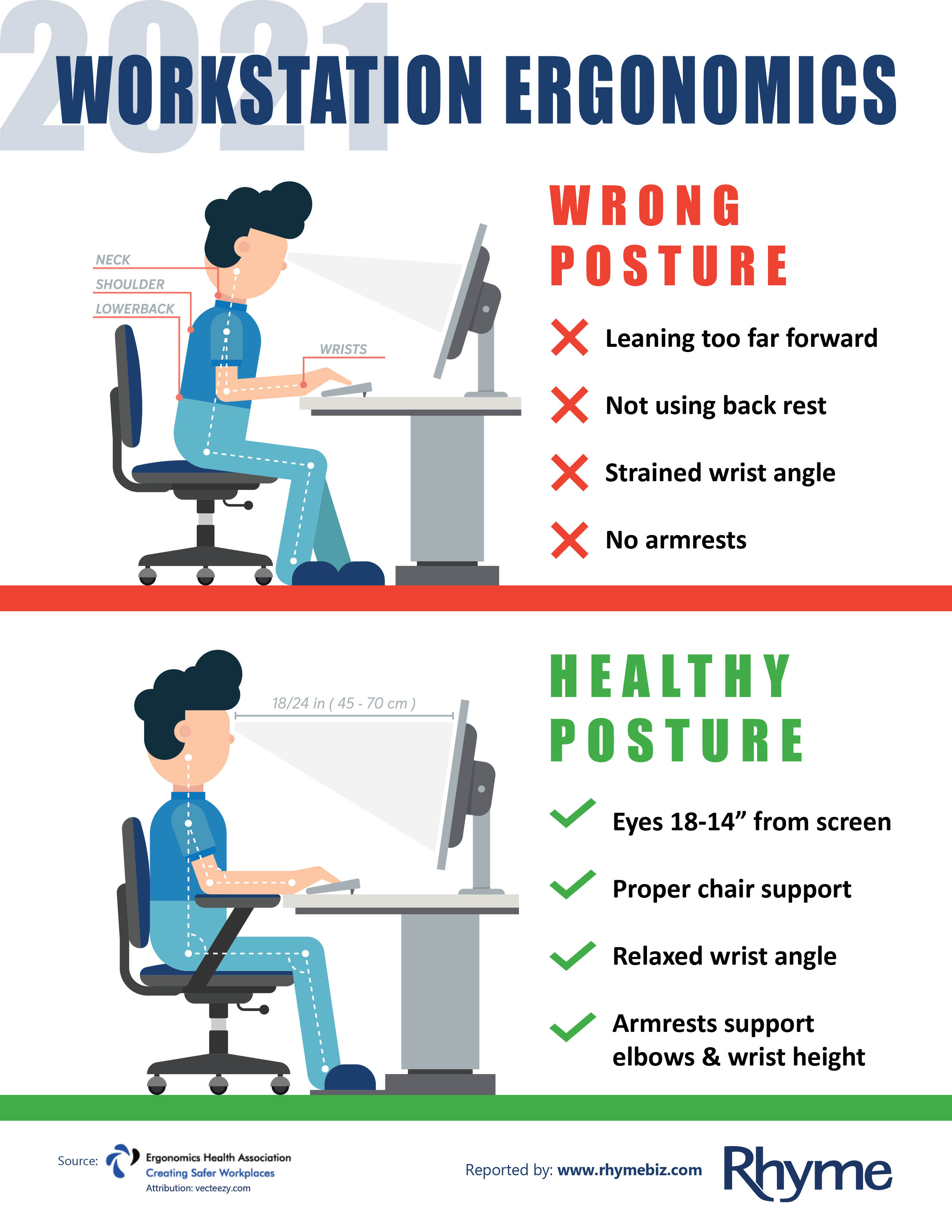Essential Features for Winter Work Boots
Selecting the right winter boots for working outside requires careful consideration of several key features. Waterproofing is paramount. Materials like Gore-Tex offer superior protection against moisture, keeping feet dry even in heavy snow or rain. Leather provides excellent durability and water resistance, while synthetic materials often offer lighter weight and flexibility. The choice depends on the specific job and climate. Insulation is equally critical for maintaining warmth. Thinsulate and wool are popular choices, offering different levels of warmth depending on the expected temperatures. Thinsulate provides lightweight warmth, while wool offers excellent natural insulation and moisture-wicking properties. Choosing the right insulation level is vital for preventing cold-related injuries. For outdoor work, excellent traction is non-negotiable. Aggressive tread patterns, deep lugs, and ice grips provide superior grip on icy and snowy surfaces, reducing the risk of slips and falls. Durability is another key consideration. The materials used, the quality of stitching, and overall construction determine how long the winter boots for working outside will last. Reinforced toes and heels are especially important for jobs involving heavy lifting or walking on uneven terrain. Investing in durable winter boots for working outside is an investment in worker safety and productivity.
Beyond the core features, other aspects impact the performance of winter boots for working outside. Ankle support is crucial for stability and preventing sprains, especially on uneven terrain. The weight of the boots affects comfort and fatigue levels during prolonged use. Lighter boots are preferable for jobs requiring extensive movement, while heavier boots may offer better protection in harsh conditions. Flexibility allows for a natural range of motion and improves comfort. Choosing winter boots for working outside that strike the right balance between these aspects is essential for comfort and safety. Consider the specific demands of your job. Construction workers may need heavier, more durable boots with maximum protection, while landscapers might prioritize lighter, more flexible boots that allow for greater agility. The climate also dictates the choice. Extreme cold necessitates boots with high insulation levels, while moderate cold might only require moderate insulation. Wet conditions demand waterproof and breathable materials. Making informed choices considering these factors helps ensure that you select the ideal winter boots for working outside for your individual needs. Selecting the correct winter boots for working outside directly impacts worker safety and productivity. The right features can significantly decrease the risk of injury and improve comfort during long working hours in challenging conditions.
Proper maintenance further enhances the longevity and performance of winter boots for working outside. Regular cleaning removes dirt and debris, preventing premature wear and tear. Waterproofing treatments help maintain the water resistance of the boots. Proper storage, away from direct sunlight and heat, helps prevent material degradation. By understanding the key features and prioritizing proper maintenance, workers can invest in high-quality winter boots for working outside, maximizing their protection, comfort, and lifespan. Remember to consider the specific demands of your work environment and climate when selecting the best winter boots for working outside for your needs.
How to Choose the Perfect Winter Work Boot for Your Needs
Selecting the right winter boots for working outside is crucial for safety and comfort. Consider the specific work environment and climate to make the best choice. Begin by evaluating the type of work. Construction requires different features than landscaping or forestry work. For instance, boots for construction often demand greater steel toe protection. Landscaping might necessitate a more flexible boot with excellent traction. Forestry jobs may need exceptional ankle support. Furthermore, think about the climate conditions. Will the work be in moderate cold, extreme cold, or wet conditions? These factors will impact your insulation and waterproof needs. The right choice for a snowy, icy environment may differ from one requiring protection from just rain or cold temperatures. Personal preferences matter. Consider your personal preferences regarding ankle support, weight, flexibility, and style.
A methodical approach streamlines the process. Start by listing the essential features. Write down the desired level of insulation, waterproofing, and traction. Next, compare boots based on those features. Consider reputable brands for winter boots for working outside. Create a detailed checklist of requirements. For each potential winter boot, note the advantages and disadvantages, price, and user reviews. Detailed reviews from trusted websites will provide comprehensive information. A decision tree or flowchart can aid in evaluating the options. The tree should branch out based on the work environment, climate, and personal preferences. For example, if the environment is wet, favor boots with high waterproofing. If the climate is exceptionally cold, opt for insulated winter boots. Ultimately, the perfect pair balances practicality and personal comfort.
By carefully considering these factors, you can choose winter boots for working outside that deliver exceptional performance. A meticulous process helps you select winter boots suitable for your environment and individual preferences. Prioritize safety and comfort to ensure the best possible outcome when working in challenging conditions. This approach ensures the ideal winter boot selection. A well-fitted boot plays a pivotal role in maximizing work efficiency and minimizing safety risks. By understanding the intricacies of different work environments, climates, and individual preferences, the selection process becomes clearer and more manageable. Choosing the correct winter work boots can enhance productivity and reduce risk.
Top-Rated Insulated Work Boots: A Detailed Review
Selecting the ideal winter boots for working outdoors requires careful consideration. This section provides a comprehensive review of several top-rated options for various winter work environments. Quality winter boots for working outside are essential for staying safe and productive in the elements. A proper fit ensures comfort and durability.
Carhartt W-88 Work Boots: Renowned for durability, these boots feature a full-grain leather upper, providing excellent waterproofing. Excellent traction is offered with the aggressive lug pattern. Insulation is provided by Thinsulate, keeping feet warm in cold weather. Pros: Exceptional durability, superb waterproofing, and excellent traction. Cons: The weight may be a drawback for certain users. Price range: Mid-range. User reviews consistently praise the superior build quality and all-day comfort. These boots are a reliable choice for demanding outdoor winter work. Consider these winter boots for working outside when seeking sturdy, waterproof, and insulated options.
Timberland PRO Winter Boots: Known for superior comfort, these insulated winter boots for working outside are made with waterproof leather and provide excellent ankle support. The deep tread pattern offers excellent traction on various surfaces. Thinsulate insulation keeps feet warm even in frigid temperatures. Pros: Exceptional warmth and comfort, good waterproofing, and solid support. Cons: The price point might be higher for some budgets. Price range: Premium. User reviews highlight the comfortable fit and dependable insulation in challenging winter conditions. These are a top pick for those valuing comfort and support in a winter work environment.
Caterpillar Work Boots: Featuring a robust design, these winter boots for working outside combine excellent waterproofing with rugged construction. The boots feature deep lugs for superior traction on slick surfaces. Insulation keeps the feet toasty in the winter. Pros: Exceptional durability and outstanding traction, good insulation. Cons: Some users report issues with flexibility. Price range: Mid-range. User reviews showcase the reliable construction and dependable performance in various demanding outdoor winter work environments.
Red Wing Iron Ranger: An iconic choice for winter boots for working outside, these boots combine durability and timeless style. The leather upper provides excellent waterproofing and breathability. Durable construction and deep tread patterns ensure traction. Insulation varies by style and may be insufficient for extremely cold conditions. Pros: Built-to-last, timeless style. Cons: May not be ideal for extremely cold climates or exceptionally wet environments, and may be less flexible. Price range: Premium. User feedback emphasizes their long-lasting quality, comfortable fit, and rugged design. These are a great choice for users seeking classic style with durable performance in less extreme winter work.
Protecting Your Feet from the Elements: Essential Considerations
Maximizing foot warmth and protection in frigid outdoor conditions requires more than just choosing the right winter boots for working outside. Complementing the boots themselves are crucial accessories and practices. Thick wool socks form a vital layer, trapping heat and providing cushioning. Moisture is a significant enemy, and waterproof gaiters are essential to prevent snow and slush from entering the boots. Using boot dryers can expedite the process of removing moisture after a day of work, preventing the growth of bacteria and odors within the winter boots for working outside.
Preventing frostbite and hypothermia are paramount when working in extreme cold. Appropriate layering is crucial. Wear several thin layers of clothing beneath outer layers. Regular checks of extremities are essential to detect any signs of frostnip. A crucial strategy for frostbite prevention is to take periodic breaks in a warm place to warm the feet. If possible, use heated hand warmers and foot warmers within winter boots for working outside.
Maintaining proper foot hygiene is crucial. Before putting on socks, use foot powder or talcum powder to absorb excess moisture. Regularly checking for blisters and calluses and treating them promptly will prevent discomfort and possible infection. Keeping a close eye on the condition of your skin is crucial for protecting against frostbite, even in less extreme weather conditions. By incorporating these practices, individuals can increase their comfort and safety when wearing winter boots for working outside.
Durability and Longevity: Investing in Quality Winter Boots for Working Outside
Investing in high-quality winter boots for working outside is a smart investment for long-term cost savings and safety. High-quality materials, superior construction, and proper maintenance are crucial factors contributing to boot durability. Selecting winter boots for working outside requires careful consideration of these key aspects.
Premium materials, such as robust leather or durable synthetics, contribute significantly to the longevity of winter boots for working outside. Careful construction, including reinforced stitching and robust soles, enhances the boot’s ability to withstand the rigors of daily use. Regular maintenance extends the lifespan of these winter work boots. Cleaning, waterproofing, and proper storage techniques all contribute to the boots’ longevity. A well-maintained boot often outperforms a poorly maintained boot, ultimately saving you money.
Implementing a proactive maintenance strategy is essential to the longevity of winter boots for working outside. Cleaning the boots after each use removes dirt and debris, preventing the buildup of moisture and extending the life of the boots. Regular waterproofing treatments maintain the integrity of the protective layers, preventing leaks and keeping feet dry. Proper storage in a cool, dry environment safeguards the boot’s structure and preserves its insulation properties. By taking these steps, you can extend the usable lifespan of your winter work boots. Investing in quality winter boots for working outside results in sustained performance over time and reduces the need for frequent replacements.
Staying Comfortable All Day Long: Ergonomics and Support
Prolonged periods spent working outdoors in winter demand footwear that prioritizes comfort and support. Investing in high-quality winter boots for working outside is crucial for preventing foot fatigue and potential injuries. Features like robust arch support are essential for maintaining proper foot alignment and reducing strain on the plantar fascia. Adequate cushioning absorbs shock, lessening the impact on joints with each step, particularly important on uneven terrain. The correct boot fit is paramount; boots that are too tight restrict blood flow, causing discomfort and cold feet. Conversely, boots that are too loose can lead to blisters and instability. Finding the perfect balance ensures all-day comfort and optimal performance when wearing winter boots for working outside.
When evaluating winter boots for working outside, consider the boot’s overall construction. A well-made boot will provide excellent ankle support, preventing sprains and other injuries, especially helpful on uneven or slippery surfaces. The materials used also impact comfort. Breathable linings wick away moisture, preventing sweaty feet, while supple leather or synthetic uppers conform to the foot’s shape, reducing friction points. Lightweight yet supportive boots minimize fatigue, allowing workers to remain productive throughout the day. Remember, comfort isn’t a luxury; it’s a necessity for maintaining safety and efficiency in demanding outdoor work conditions. Selecting winter boots for working outside requires careful consideration of these ergonomic factors.
The reviewed boots in the previous section offer varying levels of comfort and support. Each product description highlighted key features relevant to ergonomics. For example, some models emphasized superior arch support, while others showcased advanced cushioning technologies. By considering your specific needs and work environment, you can select winter boots for working outside that prioritize comfort and support, preventing discomfort and potential foot problems. Remember to always prioritize a proper fit; the best boot with poor fit will ultimately compromise comfort and safety. Consider visiting a specialist retailer for professional fitting advice, especially for winter boots for working outside. This ensures a perfect fit and maximum comfort throughout the workday.
Budget-Friendly Options: Finding Affordable Winter Work Boots
Finding reliable winter boots for working outside doesn’t always require a significant investment. Several brands offer durable and functional options without breaking the bank. Consider boots constructed with high-quality synthetic materials instead of full-grain leather. Synthetic materials often provide excellent waterproofing and insulation at a lower price point. Look for boots with features like a good tread pattern and adequate insulation for your climate. Reading online reviews from other workers can provide valuable insights into the real-world performance of budget-friendly winter boots for working outside. Prioritize boots that offer the essential features discussed earlier, focusing on waterproofing, traction, and insulation appropriate for your typical work conditions.
When searching for affordable winter boots for working outside, compare features across different price ranges. Create a list of must-have features based on your work environment and climate. Then, examine boots that meet those needs while staying within your budget. Don’t solely focus on the lowest price; instead, look for value in the combination of price and performance. A slightly more expensive boot with superior waterproofing or significantly better traction can be a better long-term investment than a cheaper pair that fails prematurely. Many budget-friendly options offer excellent performance if you prioritize your needs effectively. Remember to check for sales and discounts, which can further reduce the cost of reliable winter boots for working outside.
Some manufacturers specialize in producing affordable work boots without compromising on essential protection. These brands often use innovative materials and manufacturing techniques to offer competitive performance at lower prices. Researching these brands can uncover hidden gems that provide outstanding value. Remember to prioritize safety. Even budget-friendly winter boots for working outside should provide adequate protection against slips, falls, and exposure to the elements. By focusing on essential features and carefully comparing options, you can find high-quality winter boots for working outside that fit your budget without sacrificing performance or safety.
Maintaining Your Boots: Tips for Extending Their Life
Proper care significantly extends the lifespan of your winter boots for working outside. Regular cleaning prevents dirt and salt buildup from damaging the leather or synthetic materials. Use a soft brush and mild soap and water solution. For stubborn stains, consider a specialized boot cleaner. Always allow the boots to air dry completely, away from direct heat sources. Avoid using a hairdryer or placing them near a radiator, as this can damage the materials and reduce their water resistance. Stuffing the boots with newspaper can help maintain their shape while drying. This simple practice helps prevent cracking and warping, common issues with winter boots for working outside.
Protecting your investment in high-quality winter boots for working outside also involves proper storage. During the off-season, store your boots in a cool, dry place. Avoid storing them in direct sunlight or damp areas. Consider using boot bags or boxes to keep them clean and protected from dust and moisture. Before storing, clean and condition the boots thoroughly to prevent cracking and deterioration. Regularly applying a water-resistant spray will help maintain waterproofing, crucial for winter boots for working outside. Remember to inspect your boots regularly for wear and tear. Addressing minor issues promptly prevents them from becoming major problems. Promptly repairing small cuts or stitching helps maintain the structural integrity of your winter boots for working outside. This proactive approach maximizes their lifespan and keeps you protected in challenging weather conditions. Addressing issues like loose stitching before they worsen prevents the need for expensive repairs down the line.
Investing in boot dryers accelerates the drying process and helps prevent mold and mildew growth. These dryers gently circulate warm air inside the boots, thoroughly removing moisture. This is especially beneficial after exposure to heavy snow or rain. They provide a healthier and more hygienic environment for your feet. This preventative approach is beneficial for those who regularly wear winter boots for working outside. Dry boots also help maintain foot health, decreasing the risk of blisters and foot fungus. Using appropriate cleaning products and storage methods will extend the life of your winter boots for working outside. By following these simple maintenance tips, workers can significantly increase the longevity of their boots, saving money and ensuring consistent protection in cold and wet conditions.




